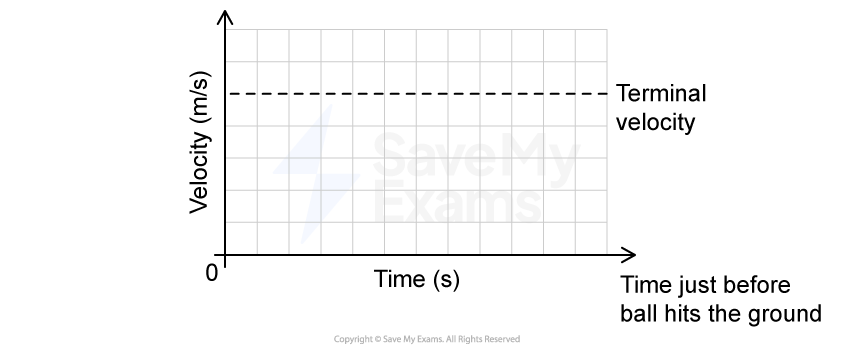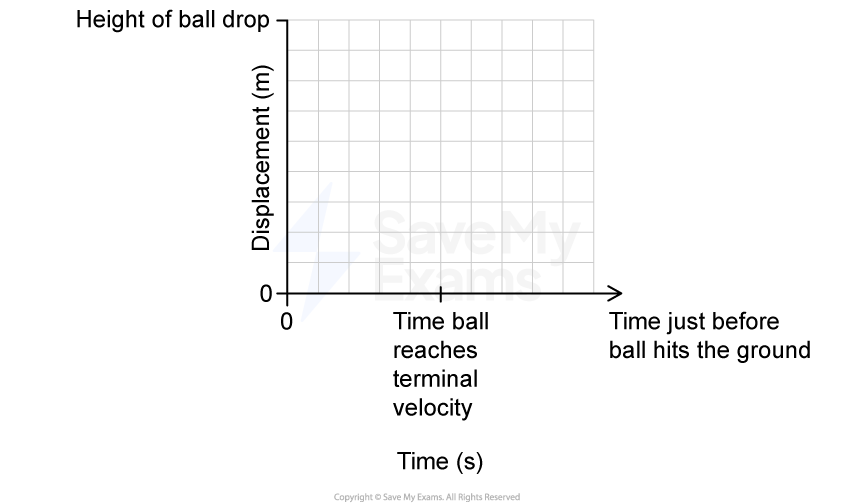Figure 1
A stunt cyclist builds a ramp that will allow the cyclist to coast down the ramp and jump over several parked cars, as shown above. To test the ramp, the cyclist starts from rest at the top of the ramp, then leaves the ramp, jumps over six cars, and lands on a second ramp.
Figure 1 shows the vertical distance between the top of the first ramp and the launch point,  , and the angle of the ramp at the launch point,
, and the angle of the ramp at the launch point,  , as measured from the horizontal. The cyclist travels a horizontal distance of
, as measured from the horizontal. The cyclist travels a horizontal distance of  whilst the cyclist and bicycle are in the air. The combined mass of the stunt cyclist and bicycle is
whilst the cyclist and bicycle are in the air. The combined mass of the stunt cyclist and bicycle is  .
.
Figure 2
Figure 2 shows the position,  , of the stunt cyclist and bicycle as a function of time for the duration of their vertical motion.
, of the stunt cyclist and bicycle as a function of time for the duration of their vertical motion.
On Figure 3, sketch a graph of the vertical component of the stunt cyclist's velocity as a function of time from immediately after the cyclist leaves the ramp to immediately before the cyclist lands on the second ramp. On the vertical axis, clearly label the initial and final vertical velocity components,  and
and  . Take the positive direction to be upwards.
. Take the positive direction to be upwards.
Figure 3
.
.








